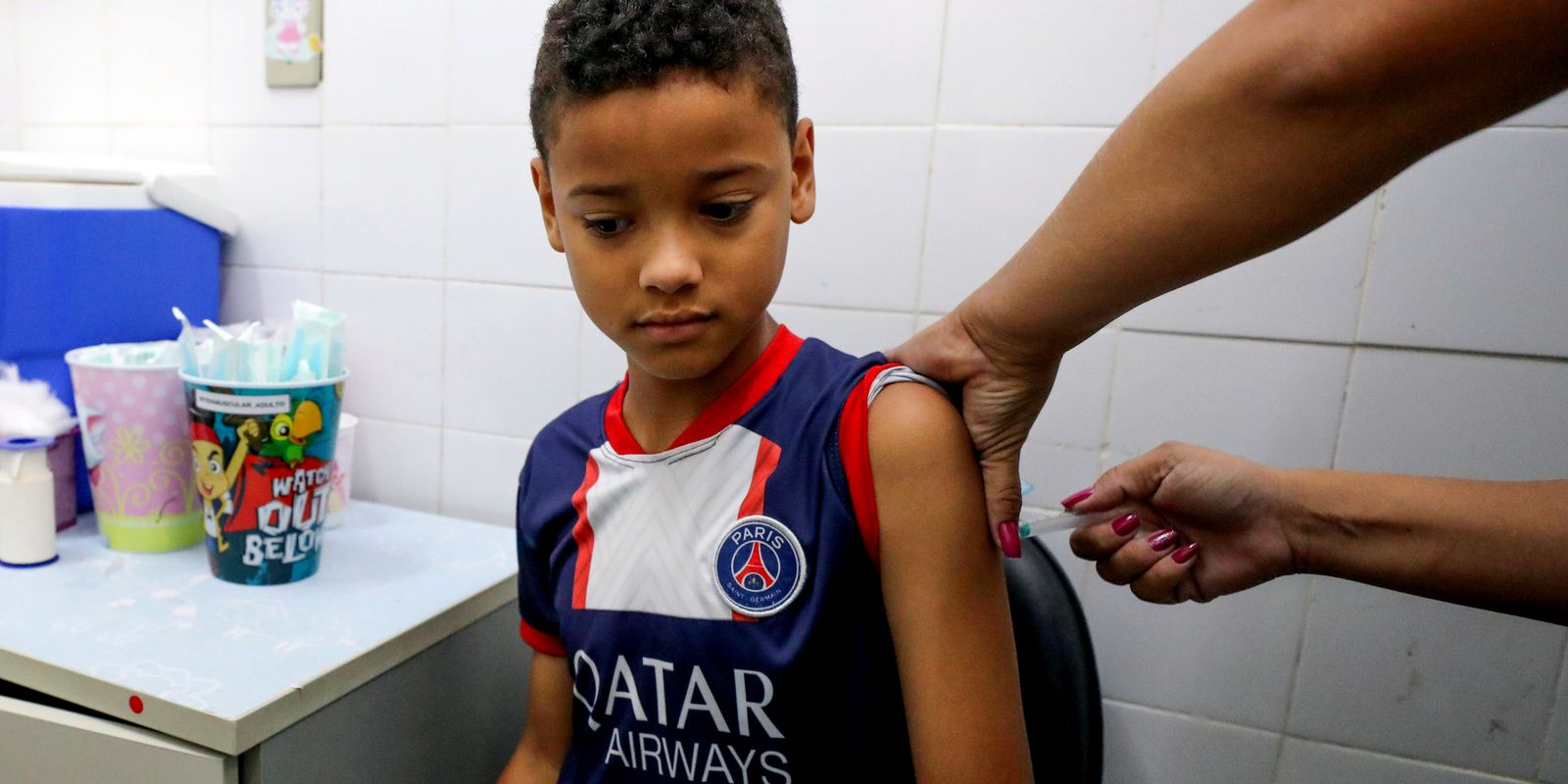
for every
Southern newsroom
| April 12 2022

The XE variant is a mixture of two Omicron strains: BA.1 and BA.2. (Photo: Freepik)
The identification of the first case in Brazil of contamination by the new variant of the covid-19 virus, ômicron XE, has been received without major concerns by health experts. The initial assessment is that the risk is low for the epidemic worsening in Brazil due to XE.
Attention was drawn to the new variant a few days ago when scientists in the UK identified it. The first indications are that XE will have a higher transmission capacity than the BA.2 variant, which is now considered to be the most transmittable.
Last week, the Putantan Institute, in São Paulo, reported the diagnosis of a patient with XE in Brazil. The Ministry of Health confirmed that, which became the first known case of the new strain in the country.
From a public health point of view, doctors and researchers said, the fact that vaccination coverage in Brazil has reached high levels and the fact that a large part of the population has contracted the coronavirus tends to create a double protection effect.
“Of course, the effects will still depend on the characteristics of this strain, but I think it should have little effect in Brazil because of the size of the population that has already been vaccinated and because of the size of the population that has already been vaccinated is infected. It differs from other countries that have a low infection rate.” These countries are most at risk, says public health doctor Adriano Masuda.
XE consists of recombination of the genetic material of two strains of the omicron variant, BA.1 and BA.2, and has already been detected in other countries, in addition to the United Kingdom.
Julio Cruda, an infectious disease specialist and researcher at the Oswaldo Cruz Foundation (Viocruz).
“From a practical point of view, we can even see an increase in cases, and eventually an increase in hospitalizations in places with low vaccination coverage, but we know that in places with high vaccination coverage, the impact of this alternative will be less.”
It also notes that in the UK, the increase in the number of cases associated with XE has not caused a significant increase in the number of hospitalizations inspiring more complex care.
Before the confirmation of the XE case in Brazil, Doctor Carlos Carvalho, director of the respiratory intensive care unit at Instituto do Coração (Incor) at Hospital das Clínicas de São Paulo already indicated that it was virtually inevitable that the new variant would be revealed in Brazil.
“The epidemic story was like this,” he recalls. The virus is not only in Asia, Africa or Europe. However, there is competition. If XE is stronger and occupies the deltacron and BA.2 space, it will spread. If it doesn’t prove stronger, BA.2, the alternative that is gaining ground, will likely end up with deltacron and not allow XE to advance,” Carvalho adds.
None of the recombinant sub-variables (consisting of a mixture of genetic material from other variants) described so far have been classified by the World Health Organization as risky, but rather as sub-variables of interest.
In addition to XE, other sub-variants such as XD and XF have been named. The three strains are strains that arose from a mixture of the delta and omicron variants of the coronavirus.
back all health

“Friendly zombie guru. Avid pop culture scholar. Freelance travel geek. Wannabe troublemaker. Coffee specialist.”






